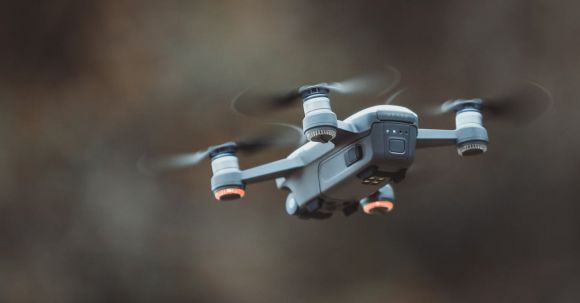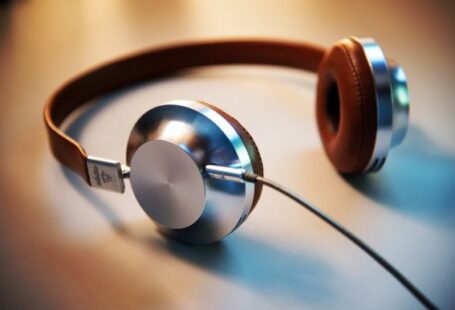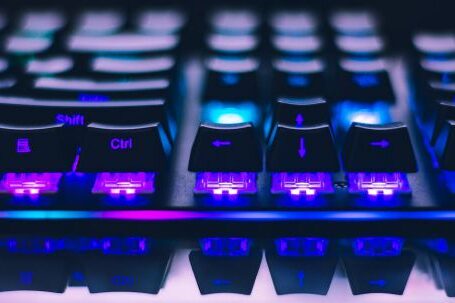Consumer drones have become increasingly popular over the past decade, with more and more people using them for recreational purposes and professional photography. One common question that arises when it comes to consumer drones is: how far can they actually fly? In this article, we will explore the limitations of consumer drones and delve into the factors that determine their flight range.
Understanding Flight Range
Before we dive into the specifics, it is important to understand what flight range means in the context of consumer drones. Flight range refers to the maximum distance a drone can travel from its controller or home point before losing connection or running out of battery. This distance can vary depending on several factors, including the drone model, battery capacity, and environmental conditions.
Factors Affecting Flight Range
1. Drone Model
The flight range of a consumer drone largely depends on its model and specifications. Higher-end drones, such as those used by professionals, typically have longer flight ranges compared to entry-level drones. This is because they are equipped with more powerful motors and advanced communication systems that allow for greater control and longer distances.
2. Battery Capacity
The battery capacity of a drone directly impacts its flight range. Drones with larger batteries can fly for longer periods before needing to return to the home point. However, it’s worth noting that larger batteries can also increase the overall weight of the drone, which may affect its maneuverability and flight performance.
3. Environmental Conditions
Environmental conditions play a crucial role in determining the flight range of a consumer drone. Factors such as wind speed, temperature, and humidity can affect the drone’s ability to maintain stable flight and its overall battery life. Strong winds, for example, can significantly reduce the flight range as the drone has to work harder to maintain its position.
4. Regulatory Restrictions
In addition to the technical limitations, there are also regulatory restrictions that can affect the flight range of consumer drones. Many countries have specific rules and regulations regarding drone flights, including limitations on the maximum distance a drone can fly from its operator. It is important for drone users to familiarize themselves with these regulations to ensure they are flying within legal boundaries.
Pushing the Limits
While consumer drones typically have a flight range of a few kilometers, there have been instances where enthusiasts have attempted to push the limits. In 2017, a group of drone enthusiasts set a world record for the longest drone flight, covering a distance of 22.5 kilometers. This feat was achieved by carefully selecting a drone with a long flight time and favorable weather conditions.
It is worth noting, however, that attempting to fly a consumer drone beyond its recommended range can be risky and may result in the loss of the drone. It is always advisable to stay within the manufacturer’s specified flight range to ensure the safe operation of the drone.
Conclusion
Consumer drones have come a long way in terms of technology and capabilities. While the flight range of consumer drones varies depending on factors such as the drone model, battery capacity, environmental conditions, and regulatory restrictions, most consumer drones can fly for a few kilometers from the operator. It is important for drone enthusiasts to understand the limitations of their drones and comply with regulations to ensure safe and responsible flying.




